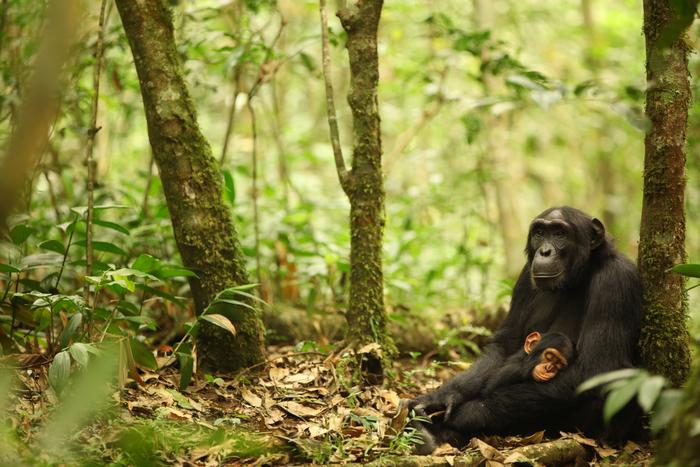
For over three decades, the fearsome roars of Jurassic Park’s dinosaurs have shaped how we imagine these ancient creatures. But what if those iconic sounds were completely off? New scientific discoveries are challenging what we’ve long believed about the vocalizations of dinosaurs, revealing that their true sounds may have been much more subtle—and far less dramatic—than the Hollywood depictions we know so well.
The Hollywood Legacy: How Jurassic Park Defined Dinosaur Sounds
Long before Jurassic Park hit the big screen, dinosaurs were already part of our cultural fabric. Early films and stories introduced us to these prehistoric creatures in a variety of ways, from slapstick caveman comedies to serious scientific explorations. But none had quite the impact of Spielberg’s 1993 film, which not only brought dinosaurs to life with groundbreaking visual effects but also redefined how they should sound.
To accommodate the immersive experience, movie theaters upgraded their sound systems to DTS (Digital Theater Systems), specifically designed for Jurassic Park’s complex audio. The result was nothing short of revolutionary—the roar of the Tyrannosaurus rex became synonymous with the sheer power and terror of these creatures. But this iconic sound was crafted largely from speculation, based on a very limited understanding of the dinosaurs’ biology at the time.
New Science: What Dinosaurs Really Sounded Like
Fast forward to today, and paleontologists have made significant strides in understanding how dinosaurs communicated. Instead of relying solely on fossilized bones, scientists now study fossilized vocal organs, skull structures, and even comparisons with living reptiles and birds to uncover the true nature of dinosaur sounds. The findings are surprising: many dinosaurs, including the mighty T. rex, likely produced low-frequency rumbles or hums, not the shrill roars we’ve come to expect.
This new understanding of dinosaur communication also connects with studies of animal behavior in modern species, even touching on how we interpret human speech. It highlights the fascinating, complex ways in which creatures across time have communicated.
The T. rex Roar: A Hollywood Trick
One of the most unforgettable sounds from Jurassic Park is the roar of the T. rex. But here’s the twist: the filmmakers didn’t capture this sound from dinosaurs. Instead, they mixed recordings from various modern animals:
- Baby elephant: Base sound
- Tiger: Growl elements
- Alligator: Guttural components
The result was an impressive and terrifying roar, but scientifically, it’s far from accurate. Today, scientists believe that large theropods like the T. rex likely produced much deeper, resonating sounds, akin to those of modern crocodiles or ostriches. It’s a fascinating revelation—one that forces us to rethink the sounds we’ve been hearing for over 30 years.
Reimagining Dinosaur Soundscapes for the Future
New research continues to reshape our understanding of dinosaur behavior. The challenge is now in the hands of filmmakers and educators. Will future depictions of dinosaurs lean into more scientifically accurate vocalizations? Imagine a museum exhibit where, instead of hearing loud roars, you experience low-frequency rumbles that vibrate the air, giving you a more authentic sense of a dinosaur’s presence.
This shift could create entirely new ways to engage with the prehistoric world. Sound designers and educators face the delicate task of balancing scientific accuracy with the need to captivate audiences, just as new technologies are helping revolutionize other fields, like mental health care.









Leave a Comment